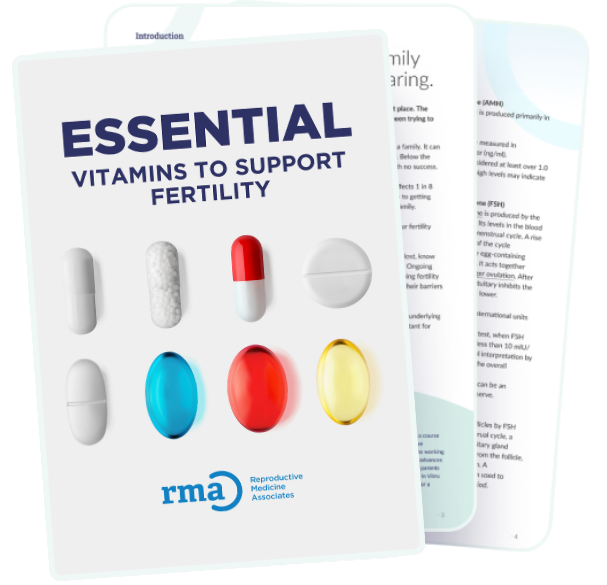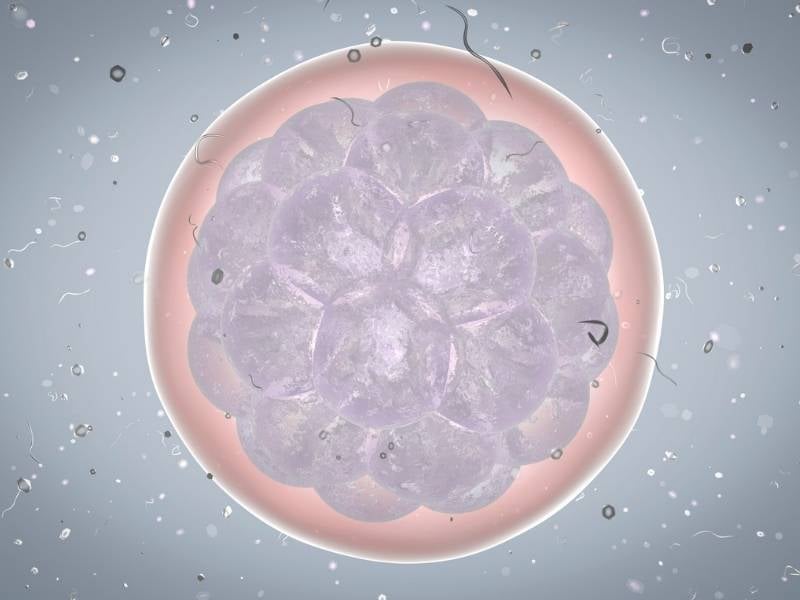When looking across all age groups, the odds of having a multiple gestation pregnancy through IVF is roughly 30%, with the vast majority being twin pregnancies. The likelihood of multiples is primarily determined by two key factors: the number of embryos transferred and the patient’s age.
The Role of Embryo Transfer in Multiples
In years past, reproductive endocrinologists would choose to transfer multiple embryos during an IVF cycle to increase the likelihood that one of them would implant, therefore increasing IVF success rates. Today, this practice is deemed unsafe as it significantly increases the chance of having twins or triplets, which carrier a much higher risk to the babies and mother than a singleton pregnancy.
The American Society for Reproductive Medicine (ASRM) now recommends that all patients with a good prognosis undergo a single embryo transfer (SET), in which only a single healthy embryo is transferred during an IVF cycle. Luckily, most reputable IVF clinics strictly adhere to these guidelines, putting patient safety first. Patients should be wary of fertility clinics readily wanting to transfer multiple embryos.
Patient Factors Impacting Multiples Odds
Age: Younger patients tend to have higher implantation rates per embryo, increasing the likelihood of multiples when more than one embryo is transferred. Conversely, older patients may have lower implantation rates, which can influence decisions around the number of embryos to transfer.
Ovarian Response: Patients with a high ovarian reserve may produce a larger number of high-quality embryos, which could affect the odds if multiple embryos are transferred.
Unlock the Key to Boosting Fertility Naturally
Download our free eBook to discover the essential vitamins that support female fertility and improve your chances of conceiving.

Emotional and Practical Considerations
For many couples, the infertility journey is an emotional one. The desire to maximize the chance of pregnancy often leads to decisions driven by emotional and financial concerns rather than strictly medical recommendations. Some couples feel that transferring multiple embryos increases their odds of success, even though this can lead to increased risks for both the mother and babies in the case of multiple pregnancies.
Risks Associated with Multiples
A multiple-gestation pregnancy carries additional risks for both the mother and the babies, including:
- Maternal Risks: There is a higher likelihood of pregnancy complications such as preeclampsia, gestational diabetes, and preterm labor.
- Fetal Risks: Increased risk of preterm birth, low birth weight, and neonatal intensive care unit (NICU) admissions
Advances in Technology to Minimize Multiples
Advances in technology, such as preimplantation genetic testing for aneuploidy (PGT-A), have transformed how embryos are selected for transfer. By screening embryos for chromosomal normalcy, we can identify the most viable embryo for transfer, improving success rates while reducing the need for multiple embryo transfer. When single embryo transfer is combined with PGT-A, the likelihood of multiples can be reduced to less than 1% while maintaining high live birth rates.
The Importance of Counseling
Comprehensive patient counseling is critical to informed decision-making. Patients should be educated on:
- Risks: The potential complications of multiples for both the mother and the babies.
- Benefits: The improved safety and outcomes associated with single embryo transfer.
- Alternatives: Screening technologies, such as PGT-A, are available to maximize success while minimizing risks.
Conclusion
While the odds of multiples through IVF remain significant at roughly 30%, this figure is heavily influenced by individual decisions and clinic practices. By prioritizing single embryo transfer and utilizing advanced screening technologies, patients can significantly lower their chances of multiples while maintaining high success rates. Open communication with your fertility specialist is key to understanding your unique situation and making the best decision for your family-building journey.





